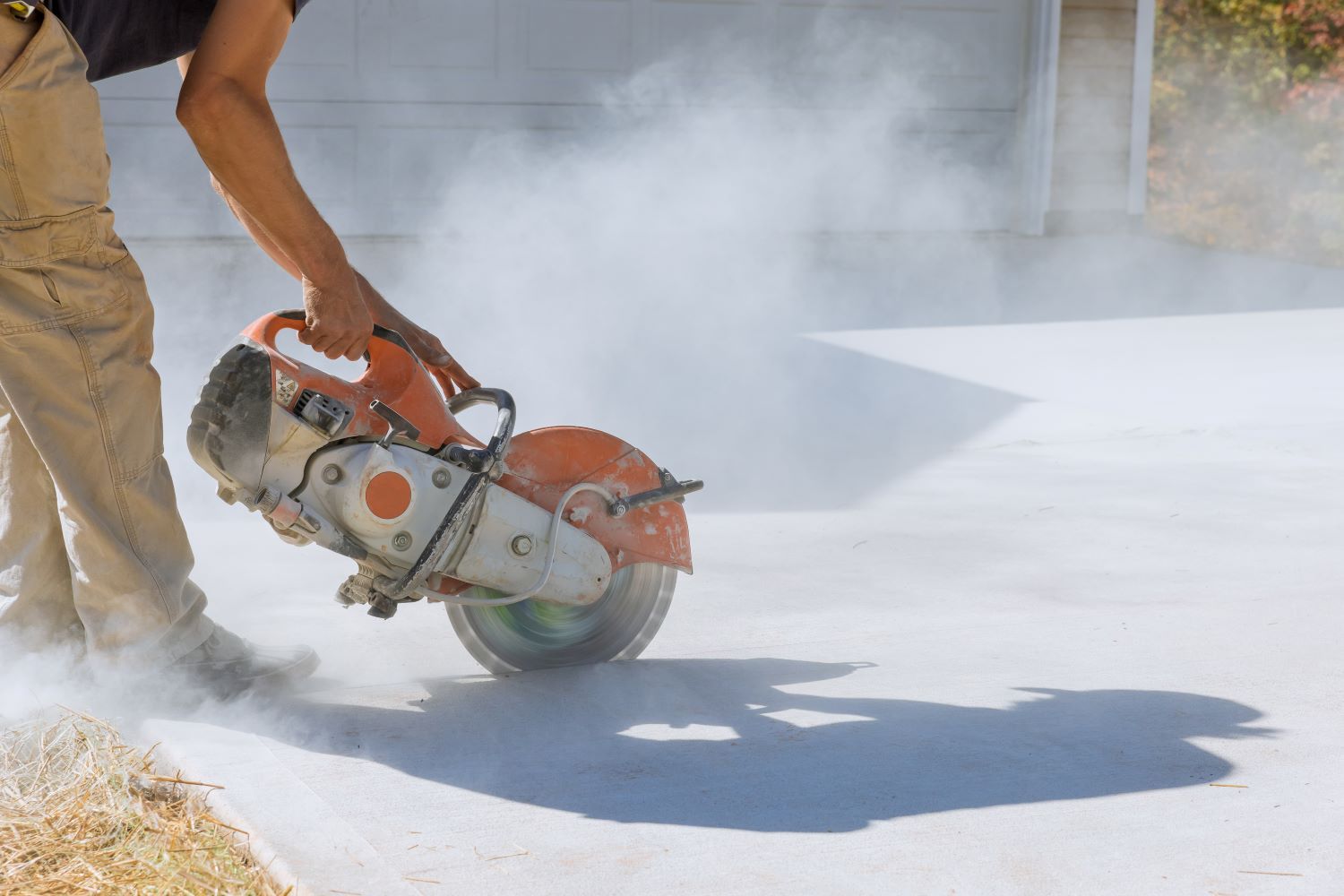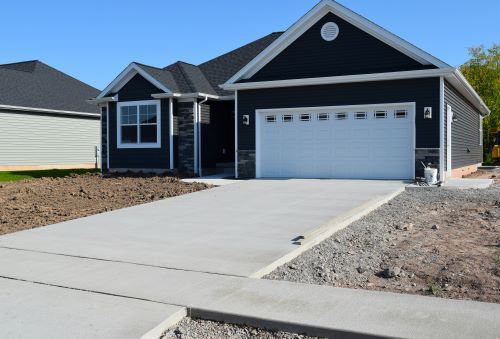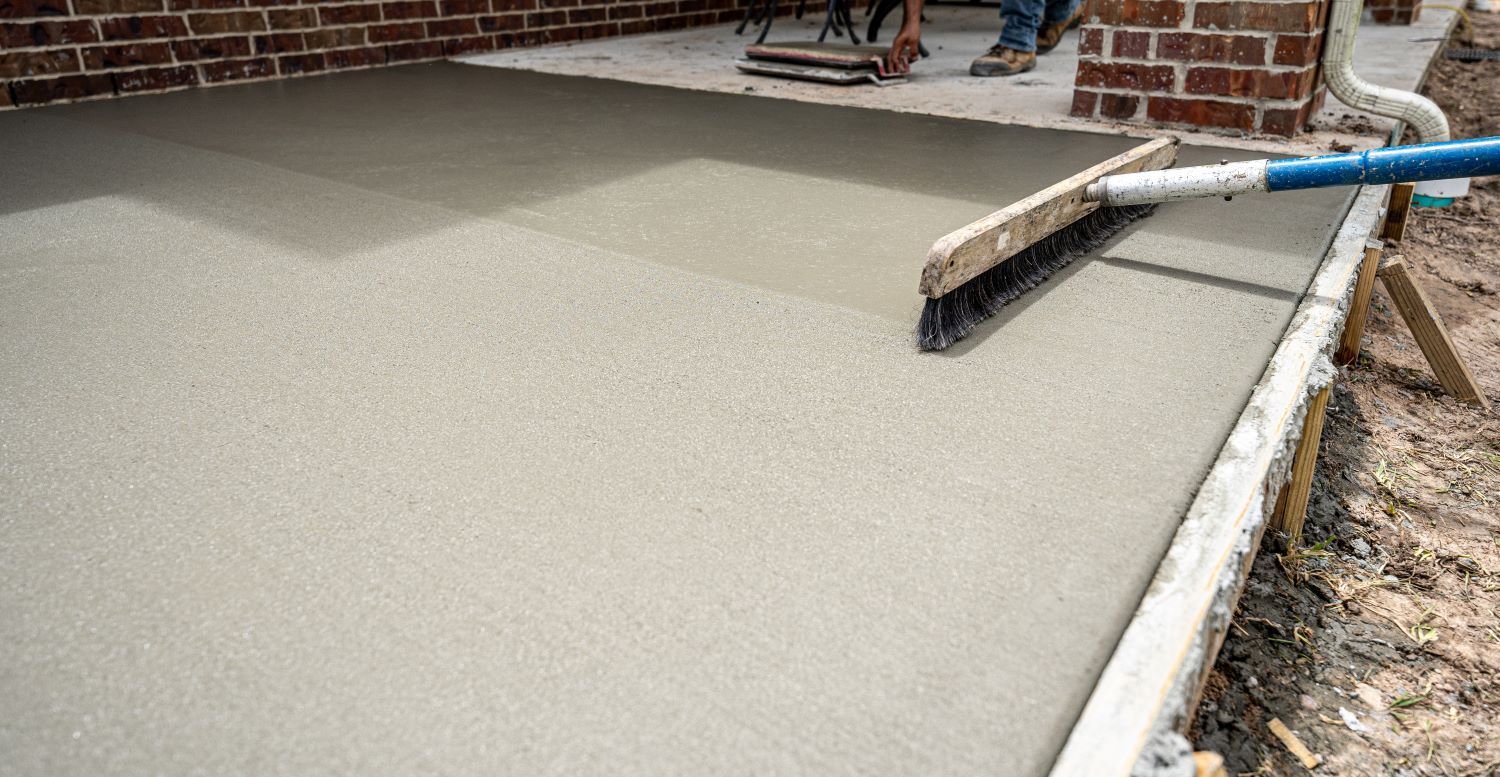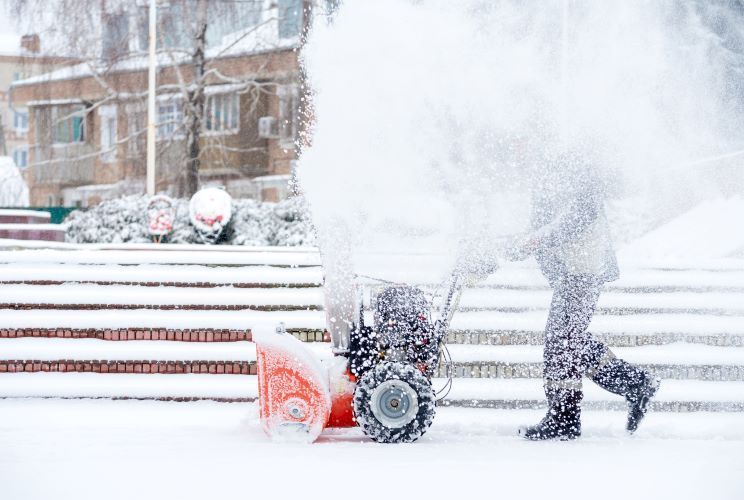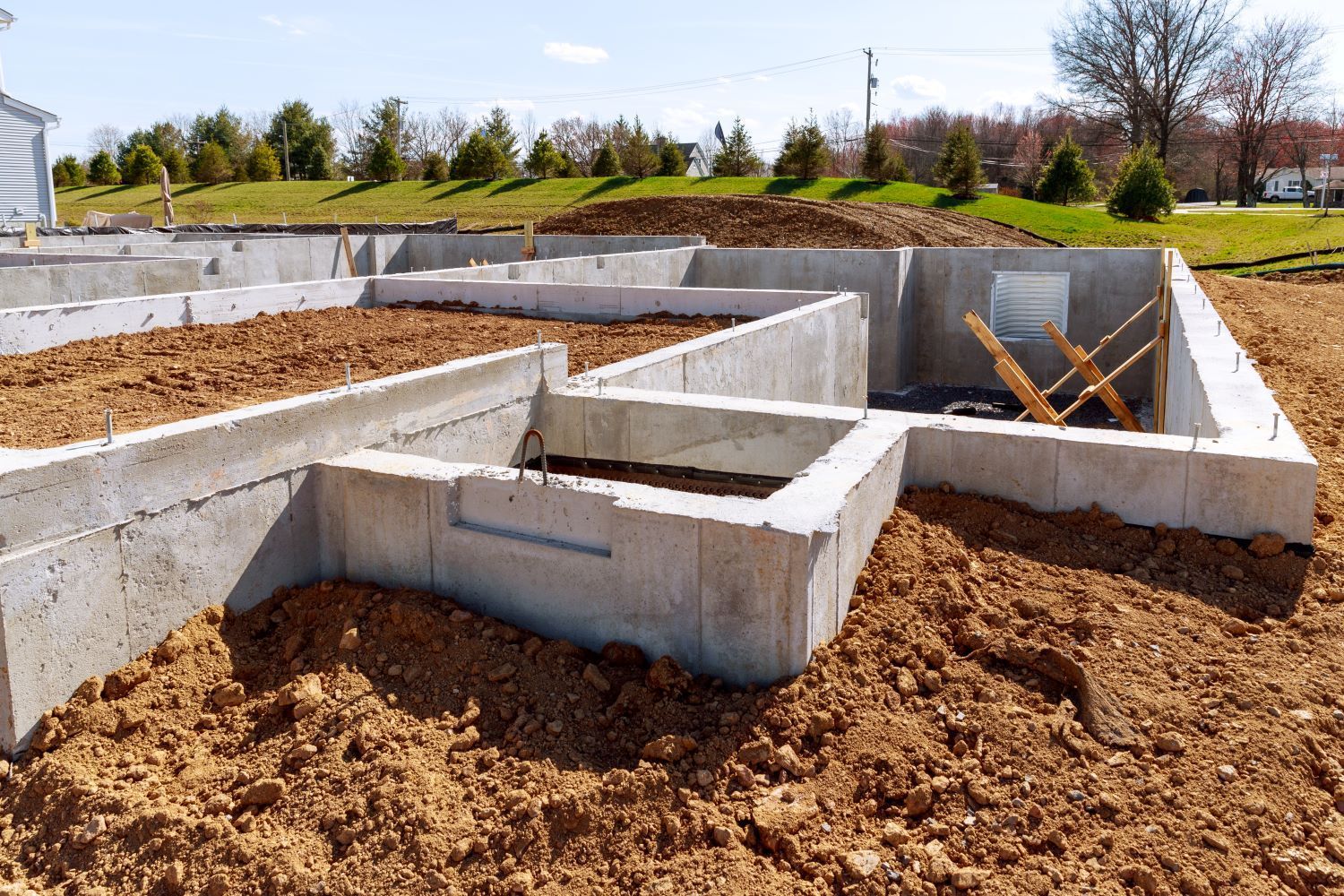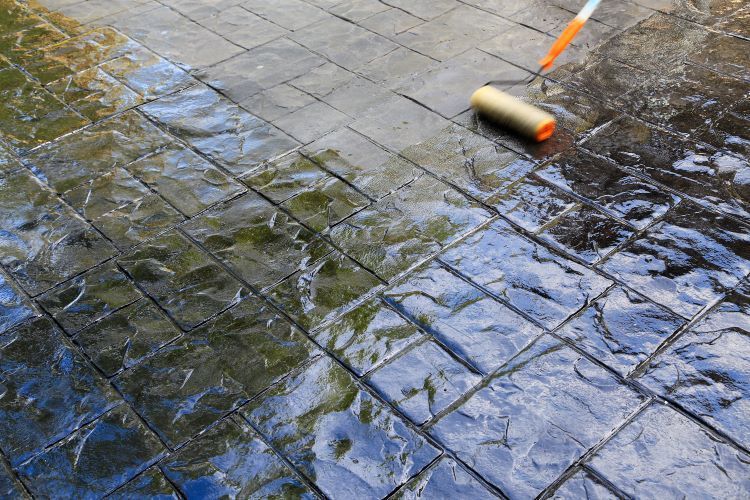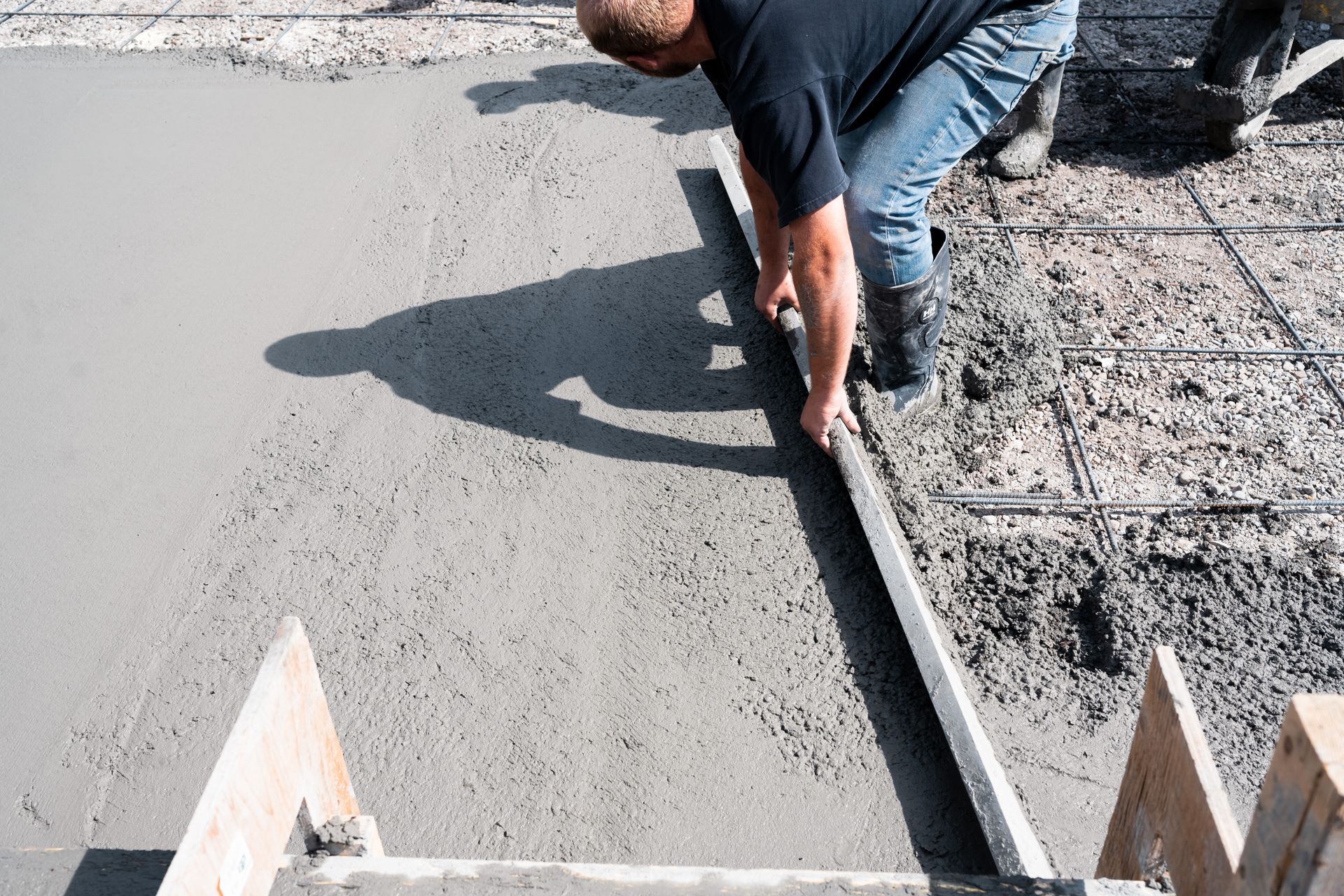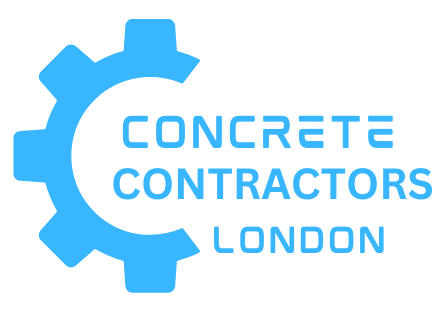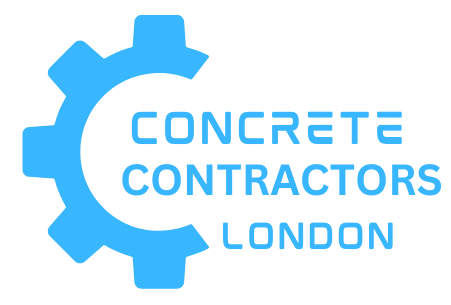Expert Tips for Constructing Concrete Retaining Walls
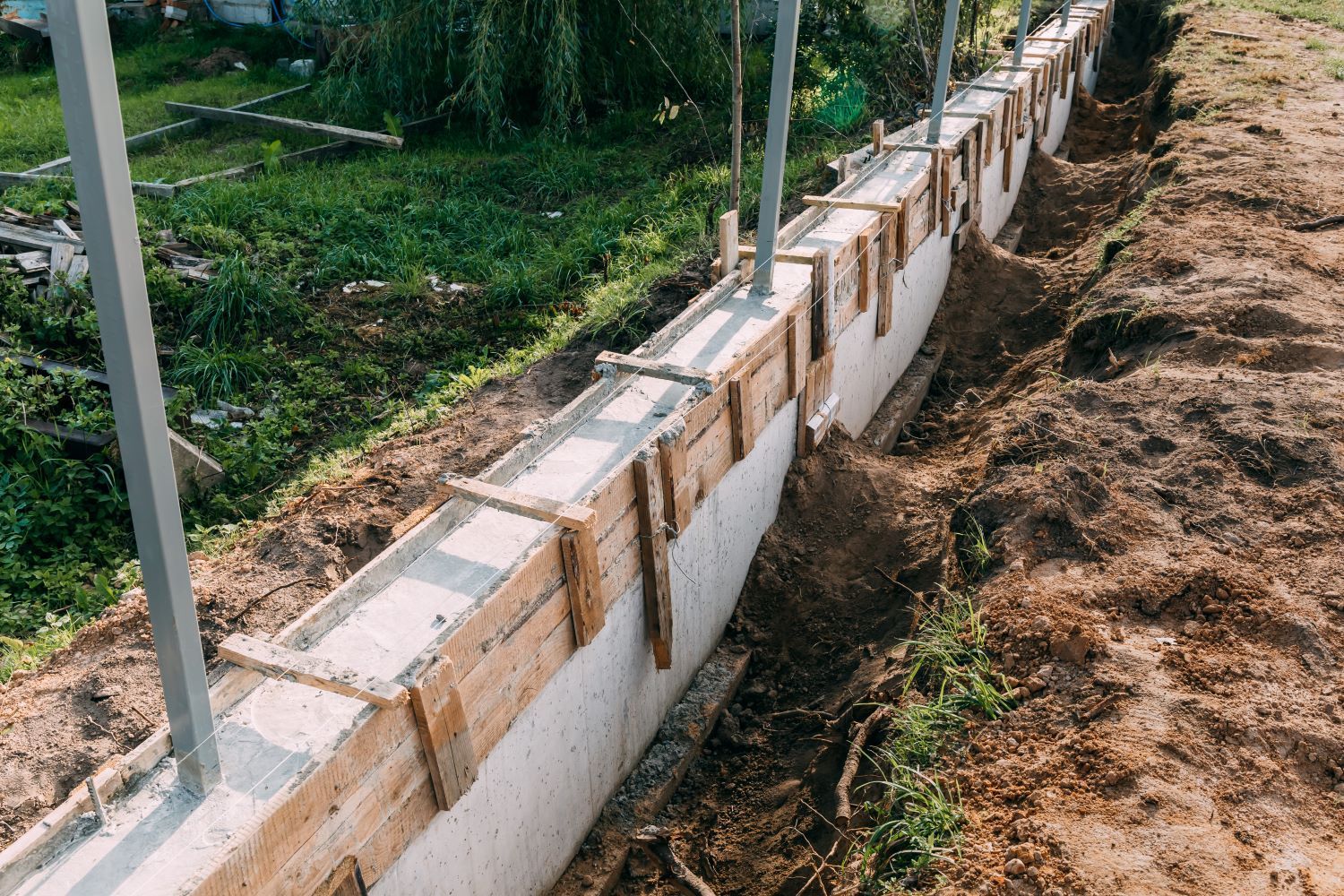
Concrete retaining walls are an essential feature in many landscaping projects. They serve both functional and aesthetic purposes, providing support for soil, preventing erosion, and creating beautiful outdoor spaces. At Concrete Contractors London, we specialize in designing and constructing durable and attractive concrete retaining walls for residential and commercial properties in London, Ontario. Here are some expert tips to ensure your retaining wall project is a success.
1. Understand the Purpose of Your Retaining Wall
Before starting your project, it's important to understand why you need a retaining wall. Common purposes include:
- Soil Retention: To prevent soil erosion and manage water runoff.
- Leveling Slopes: To create flat, usable spaces on sloped properties.
- Aesthetic Appeal: To enhance the landscape design and create garden beds, terraces, or seating areas.
- Structural Support: To provide stability to structures built on or near slopes.
Knowing the purpose will guide your design and construction process, ensuring that the wall meets your specific needs.
2. Plan and Design Carefully
Proper planning and design are crucial for a successful retaining wall.
- Site Assessment: Evaluate the site to understand the soil type, slope, drainage patterns, and load requirements. This helps in determining the wall's height, thickness, and base requirements.
- Design Specifications: Decide on the height and length of the wall. For walls over 4 feet, professional engineering is recommended to ensure stability and safety.
- Materials: Choose high-quality concrete and reinforcement materials. Concrete blocks, poured concrete, and precast panels are common options. Each has its advantages and should be selected based on your specific project needs.
3. Ensure Proper Drainage
Drainage is a critical aspect of retaining wall construction. Poor drainage can lead to hydrostatic pressure buildup, causing the wall to fail.
- Drainage Pipes: Install perforated drainage pipes (weeping tiles) behind the wall to channel water away from the structure.
- Gravel Backfill: Use gravel or crushed stone as backfill material. This promotes drainage and reduces pressure on the wall.
- Weep Holes: Incorporate weep holes at regular intervals along the base of the wall to allow water to escape.
4. Build a Strong Foundation
A solid foundation is essential for the stability and longevity of your retaining wall.
- Excavation: Dig a trench that is deep and wide enough to accommodate the base material and the first course of blocks or concrete footing.
- Base Material: Use compacted gravel or crushed stone as the base material. This provides a stable and level foundation for the wall.
- Leveling: Ensure the base is perfectly level before starting the wall construction. This helps in maintaining the alignment and stability of the wall.
5. Use Reinforcement
Reinforcement adds strength and stability to your retaining wall, especially for taller structures.
- Rebar: Incorporate steel rebar into the concrete to reinforce the wall. The rebar should be placed both horizontally and vertically to provide maximum support.
- Geogrid: For segmental retaining walls, use geogrid reinforcement between layers. This mesh material extends into the backfill and helps distribute loads more evenly.
6. Follow Proper Construction Techniques
Attention to detail during construction is crucial for a durable and effective retaining wall.
- Laying the First Course: Start with the first course of blocks or the footing. Ensure they are perfectly level and aligned, as this sets the foundation for the entire wall.
- Staggering Joints: For block walls, stagger the joints between courses to enhance stability and load distribution.
- Backfilling: Backfill behind the wall in layers, compacting each layer to prevent settling and maintain stability.
7. Maintain Your Retaining Wall
Regular maintenance ensures the longevity and performance of your retaining wall.
- Inspect for Damage: Regularly check for signs of cracking, bulging, or other damage. Early detection allows for timely repairs and prevents further issues.
- Clean Drainage Systems: Keep drainage pipes and weep holes clear of debris to ensure proper water flow.
- Address Vegetation: Manage vegetation near the wall. Roots can exert pressure on the wall or interfere with drainage systems.
Why Choose Concrete Contractors London?
At Concrete Contractors London, we bring expertise, quality, and reliability to every project. Here’s why we are the ideal choice for your concrete retaining wall needs:
- Experienced Professionals: Our team has years of experience in designing and constructing concrete retaining walls.
- Quality Materials: We use only the best materials to ensure your wall is durable and long-lasting.
- Customized Solutions: We work closely with you to design a retaining wall that meets your specific needs and enhances your property’s aesthetics.
- Local Knowledge: As a local company, we understand the unique challenges posed by London, Ontario’s climate and soil conditions, allowing us to provide the best solutions for your project.
Contact Concrete Contractors London today to discuss your retaining wall project. Let our experts help you create a beautiful, functional, and durable addition to your landscape.
Concrete Contractors London is your trusted local expert for concrete retaining walls in London, Ontario. Visit our website or call us for more details and to schedule a consultation.
